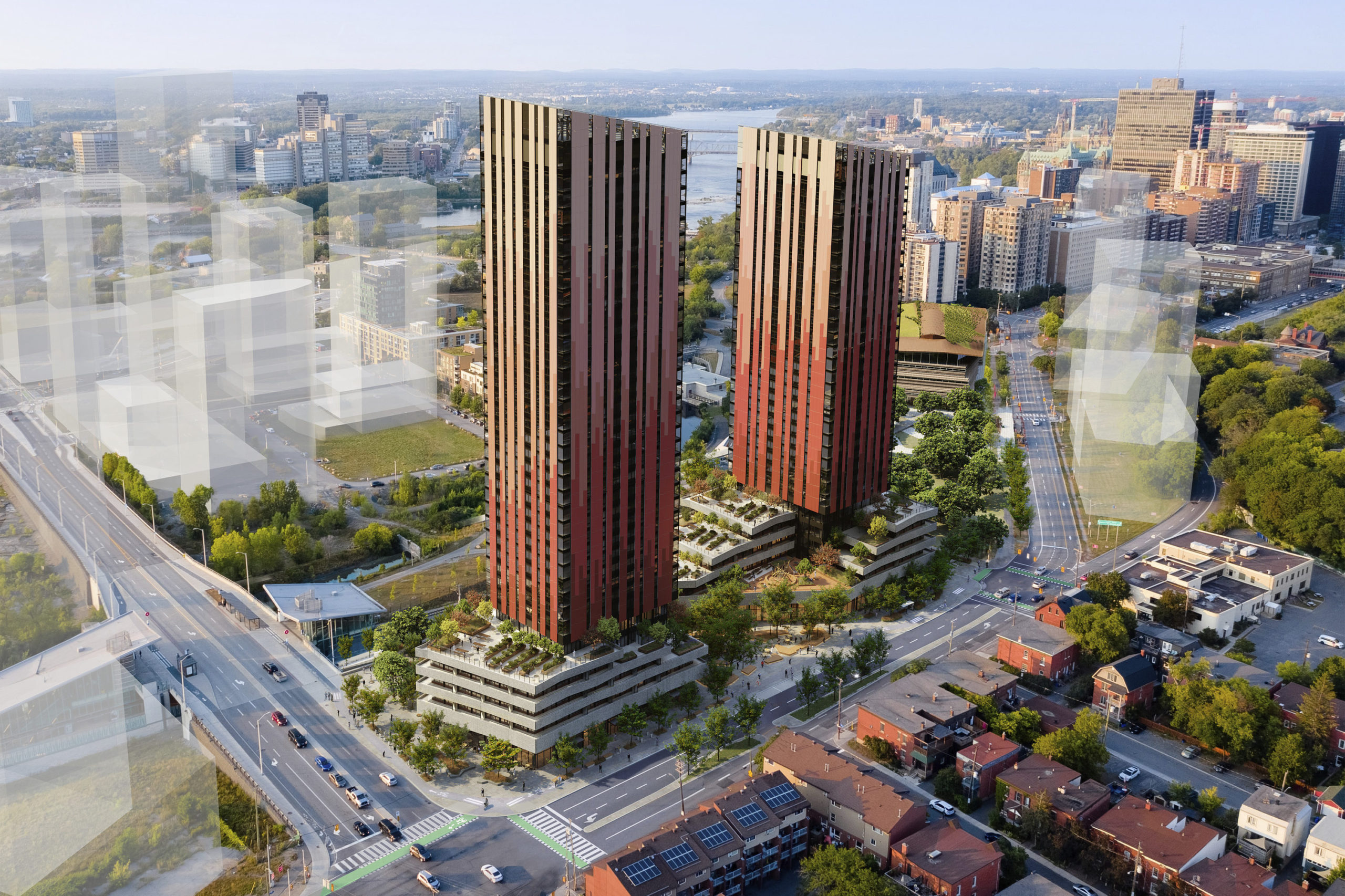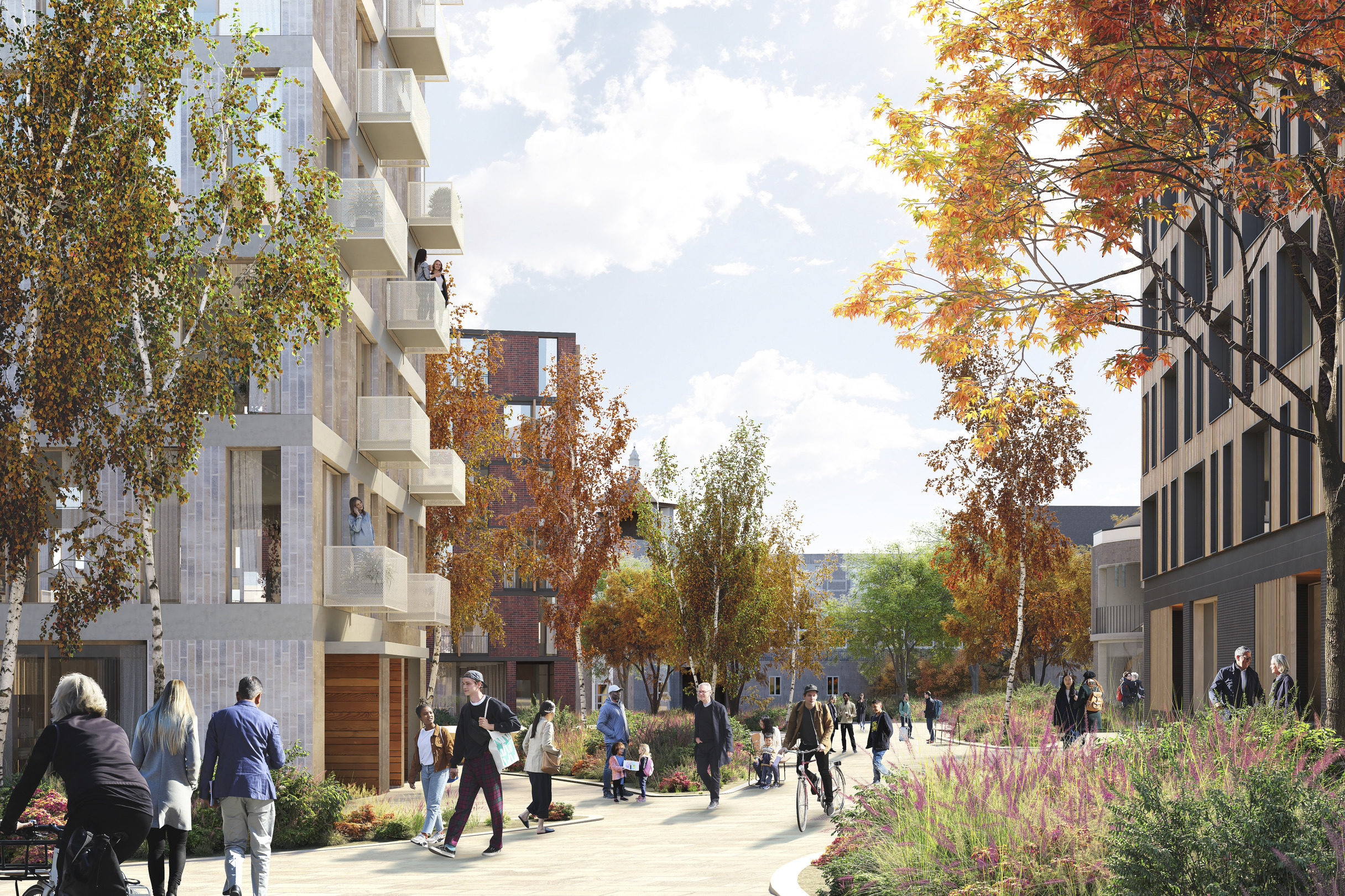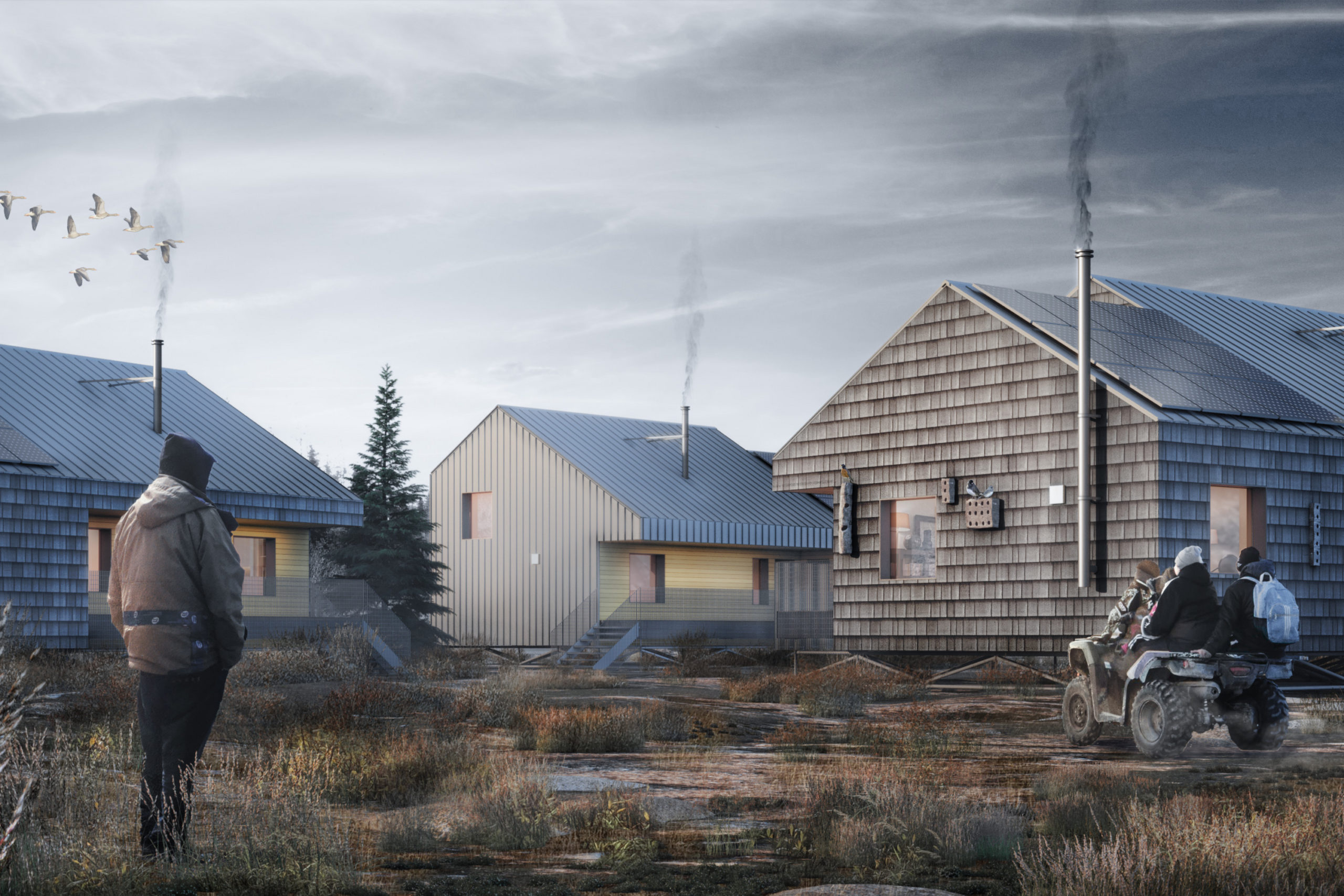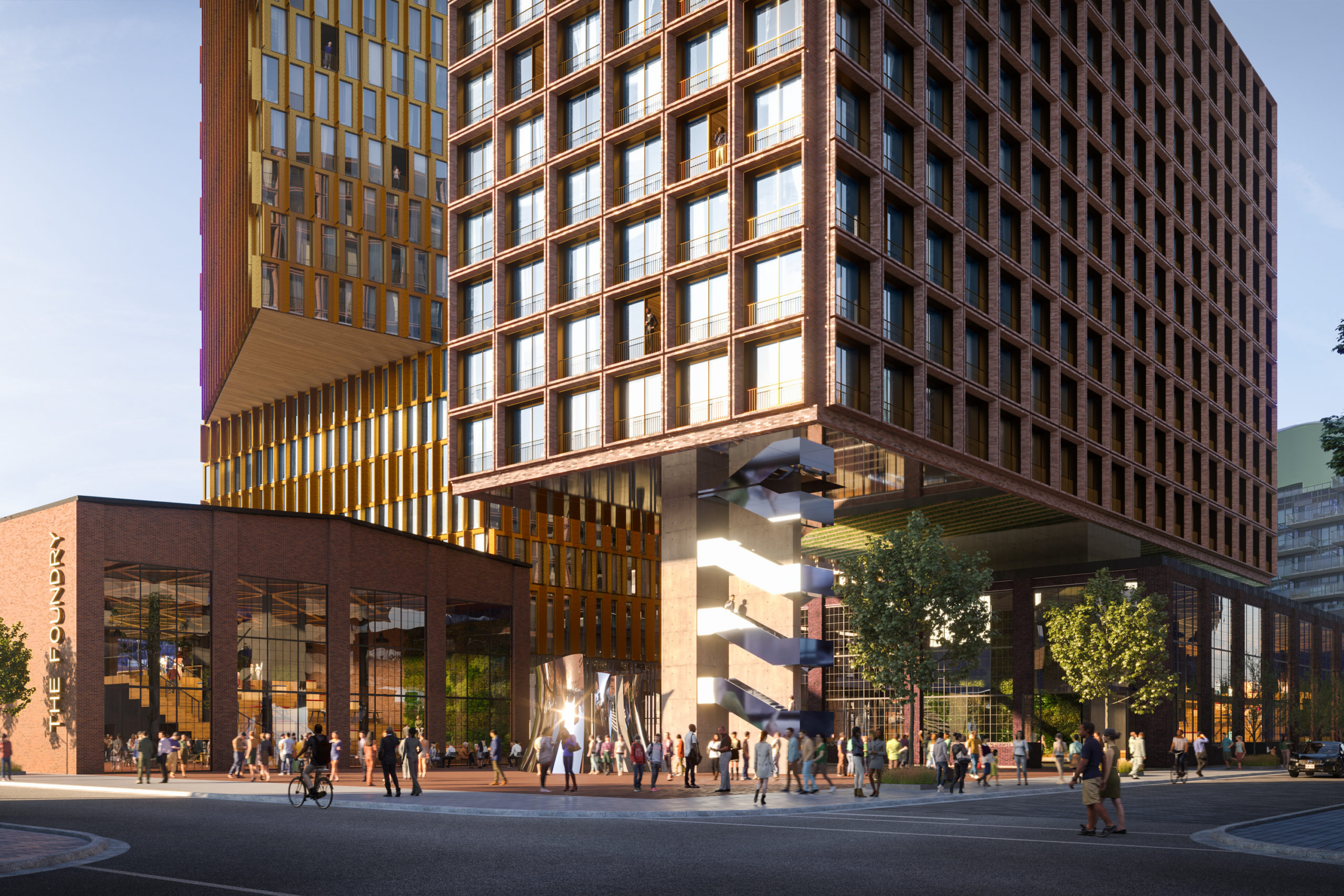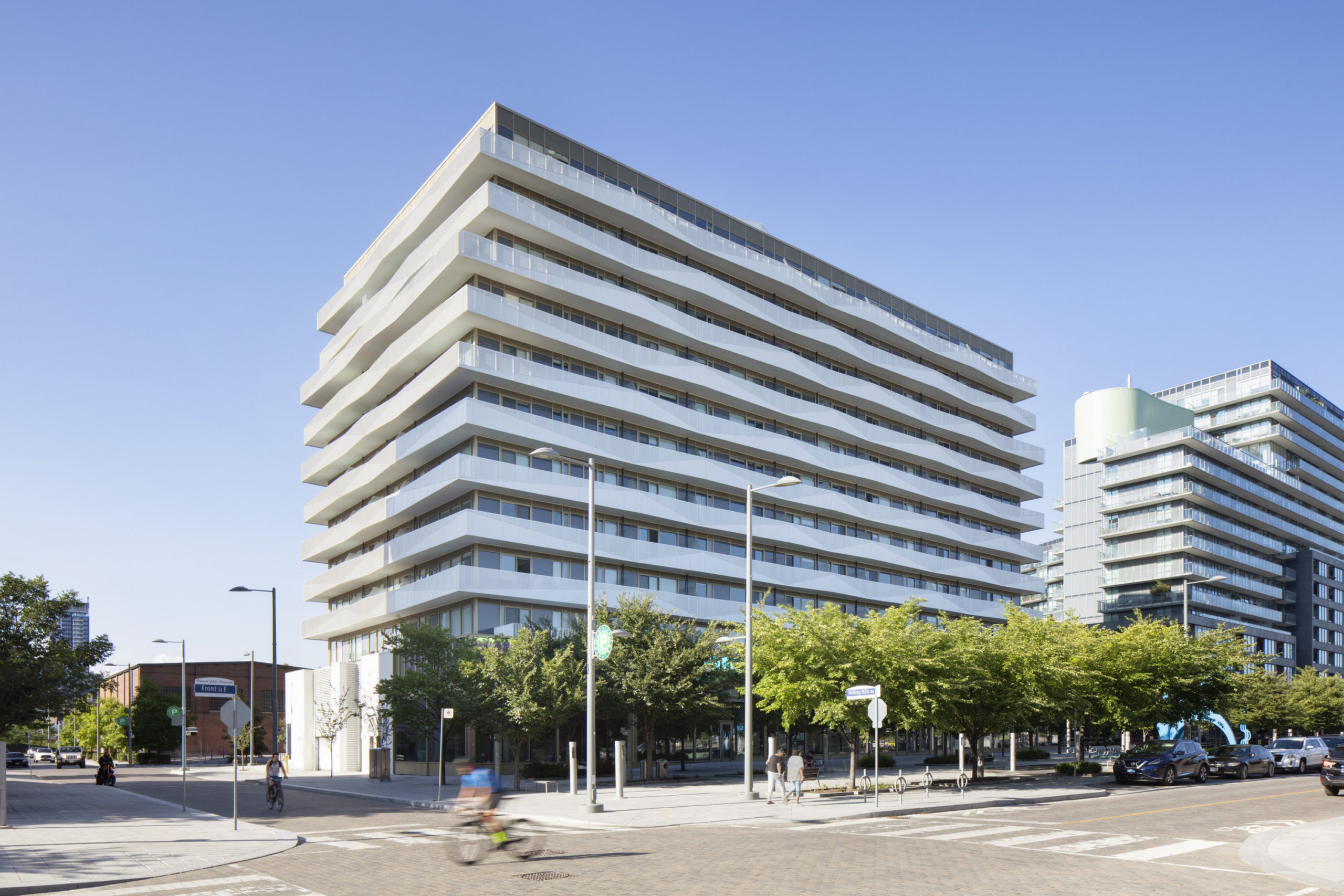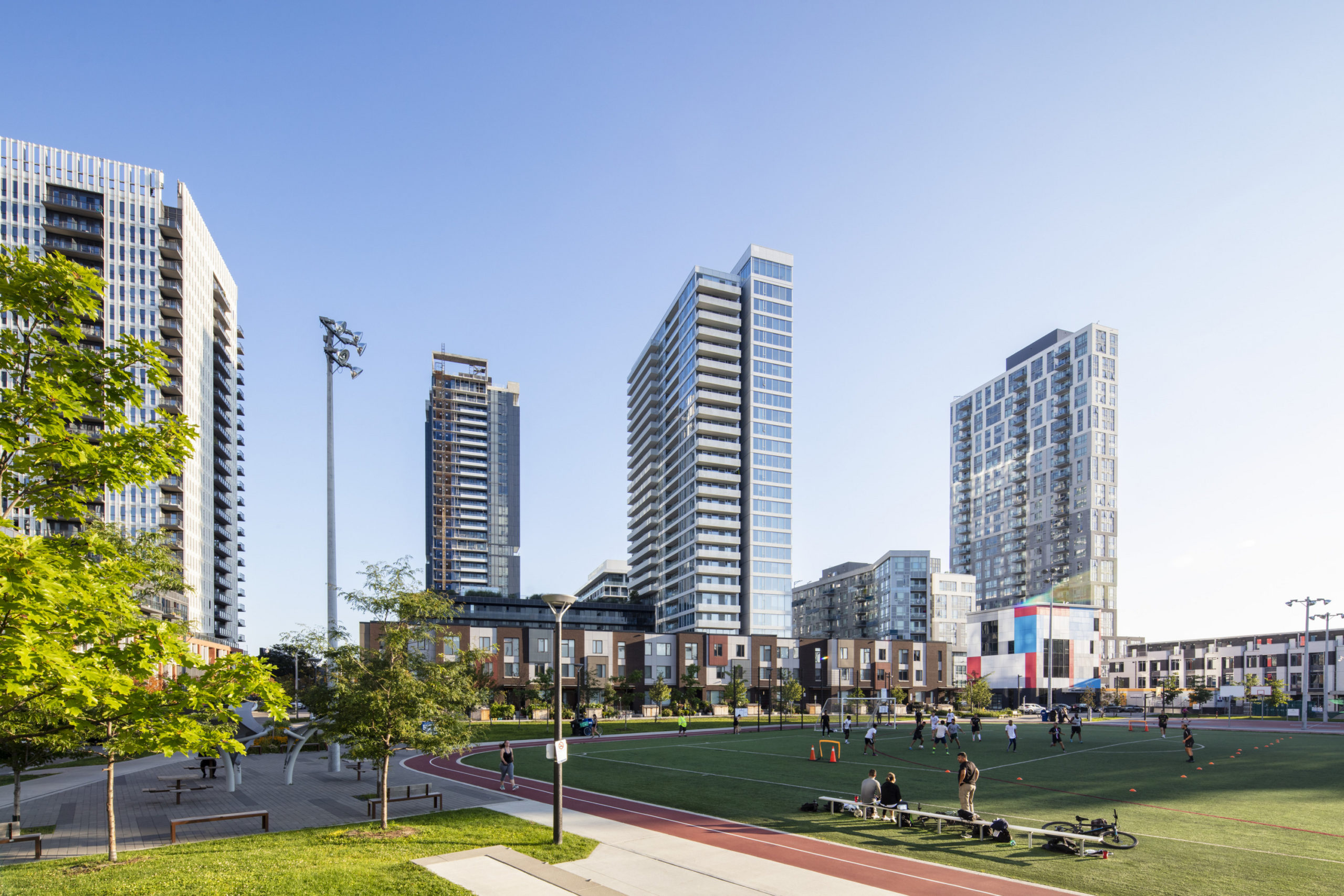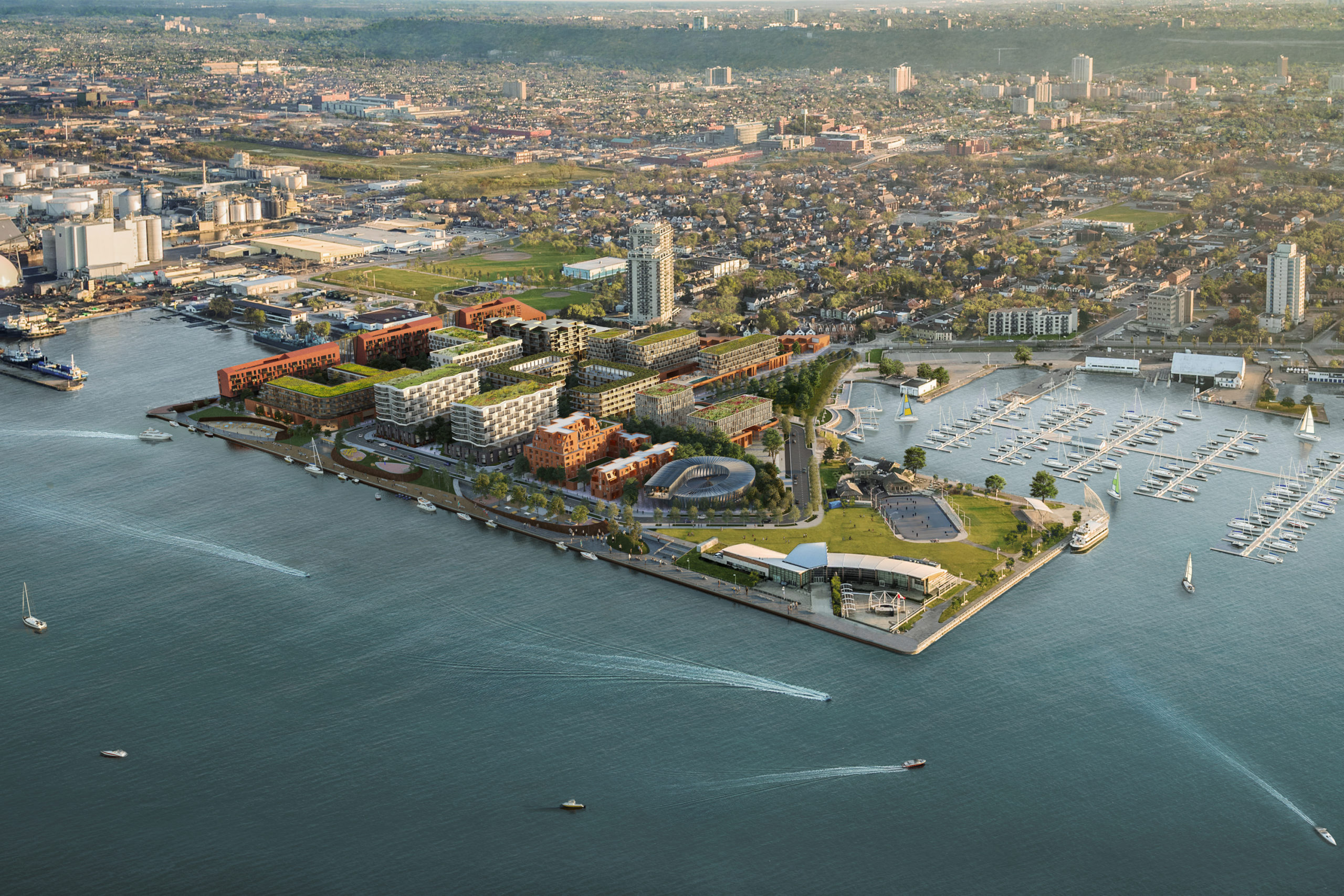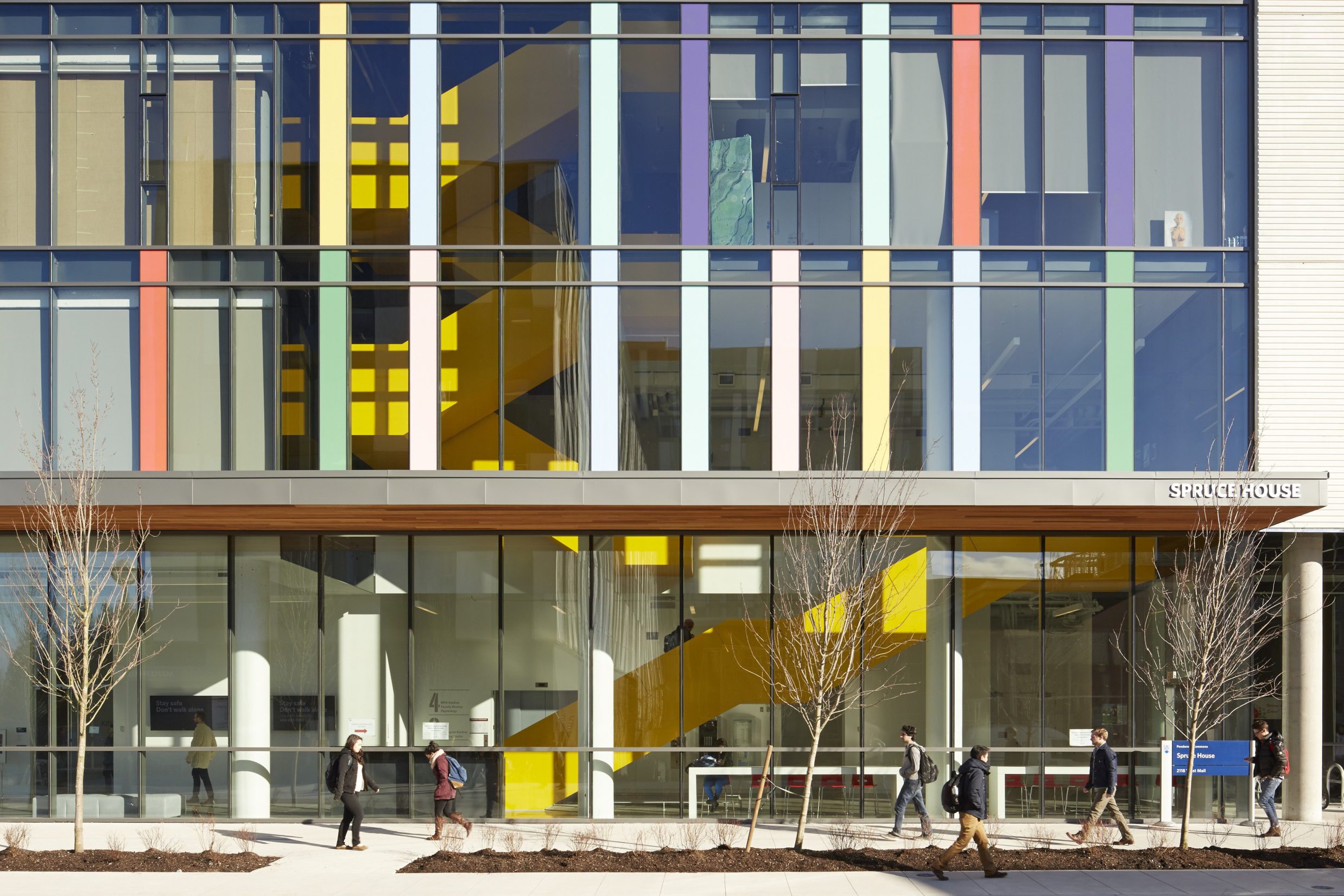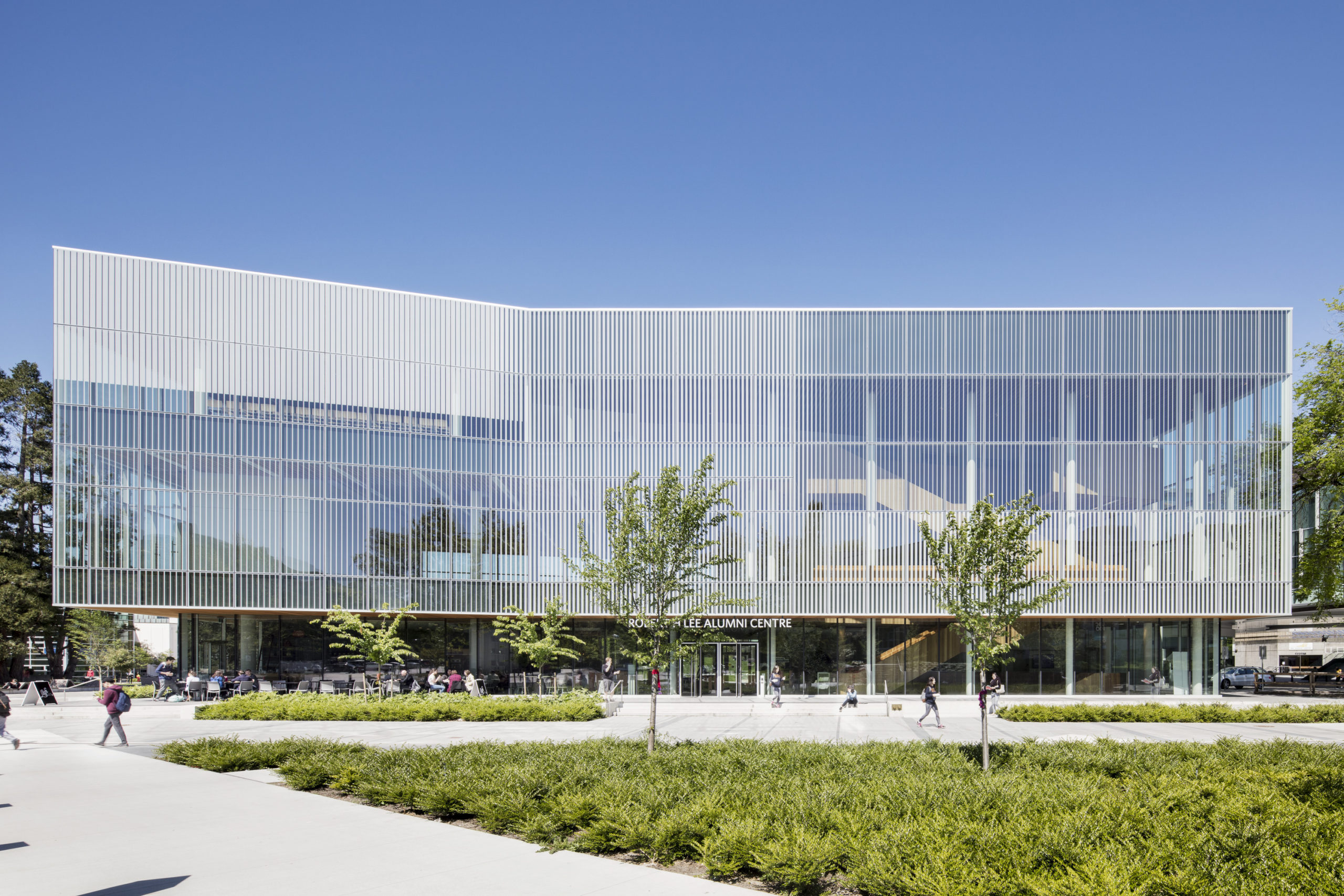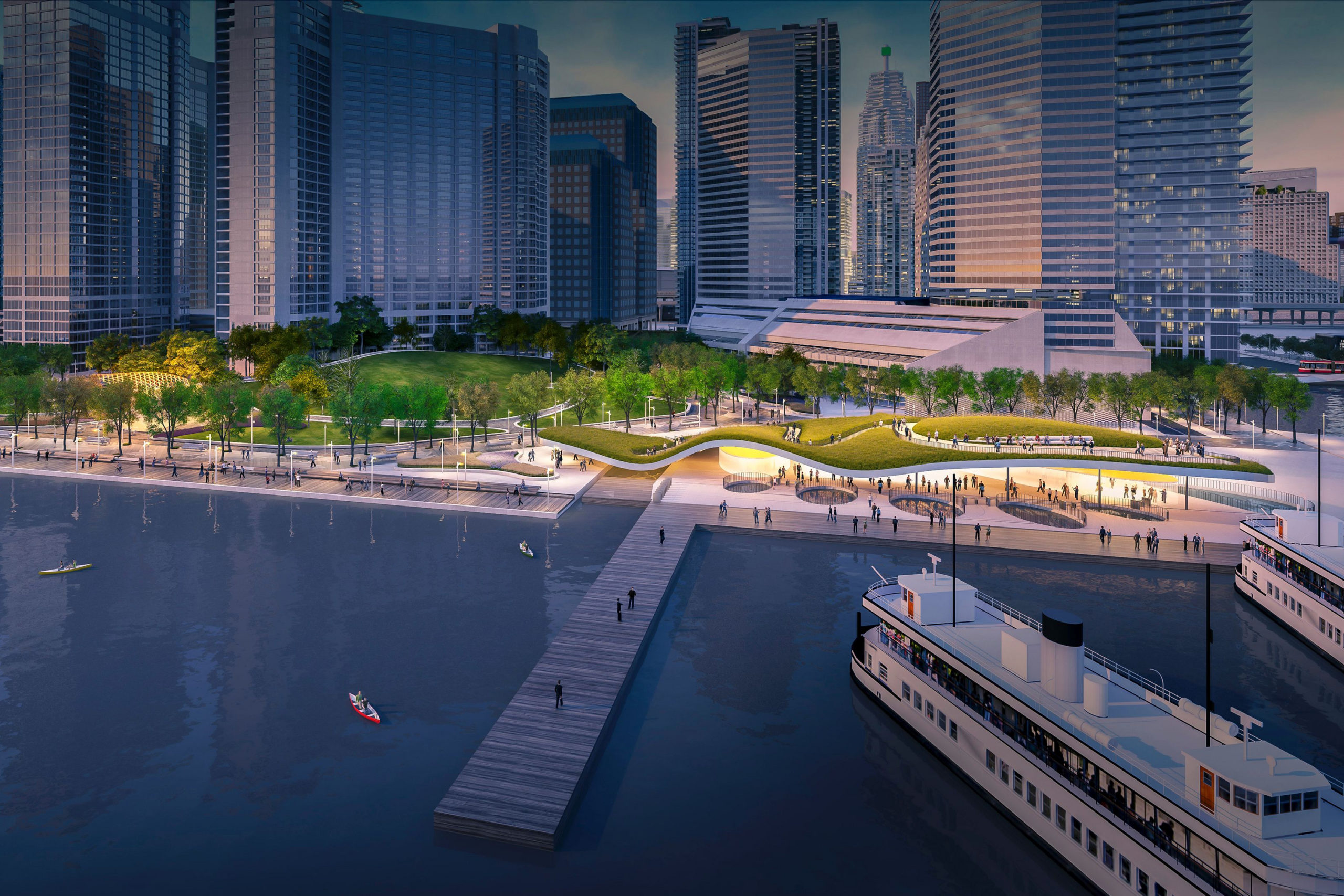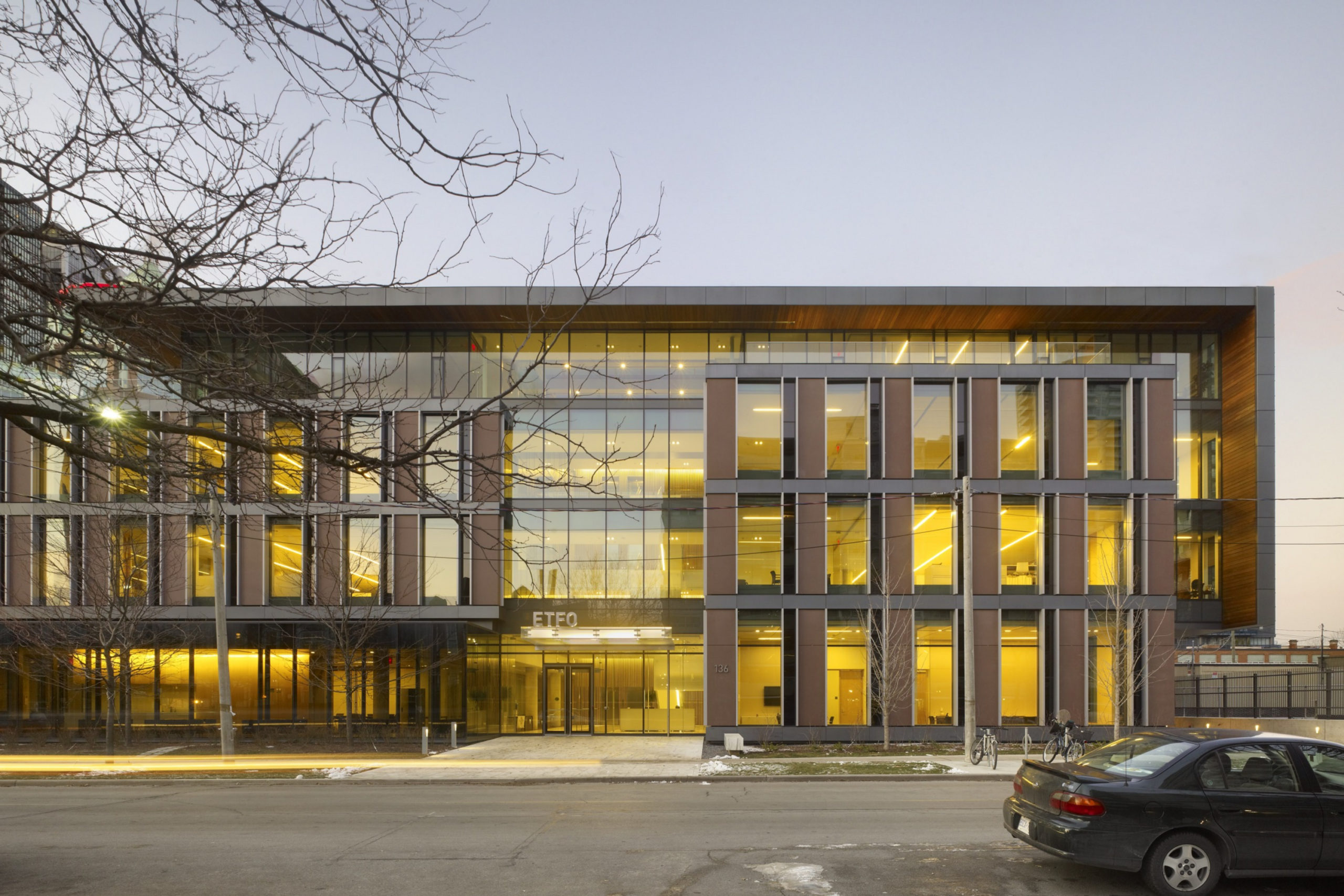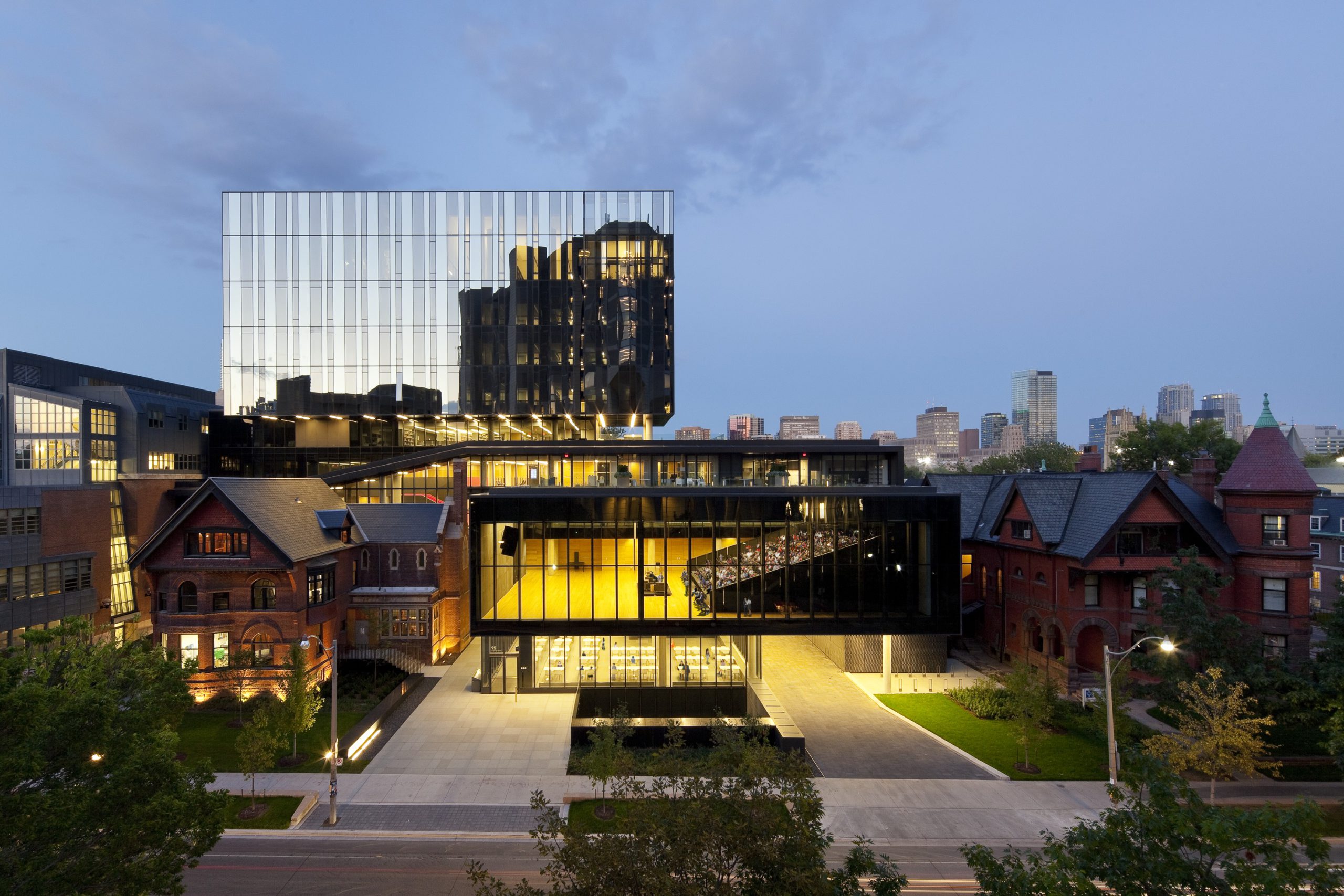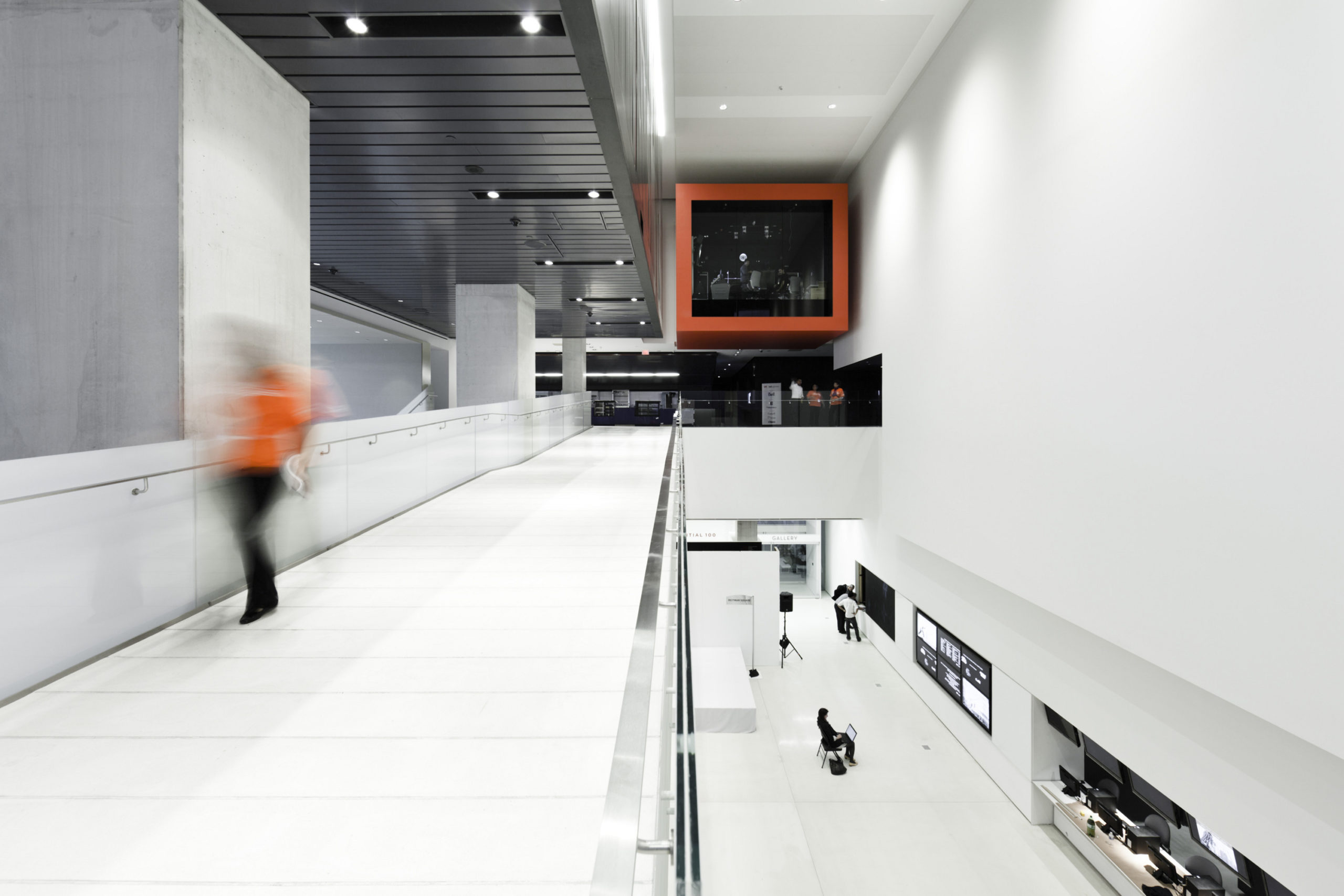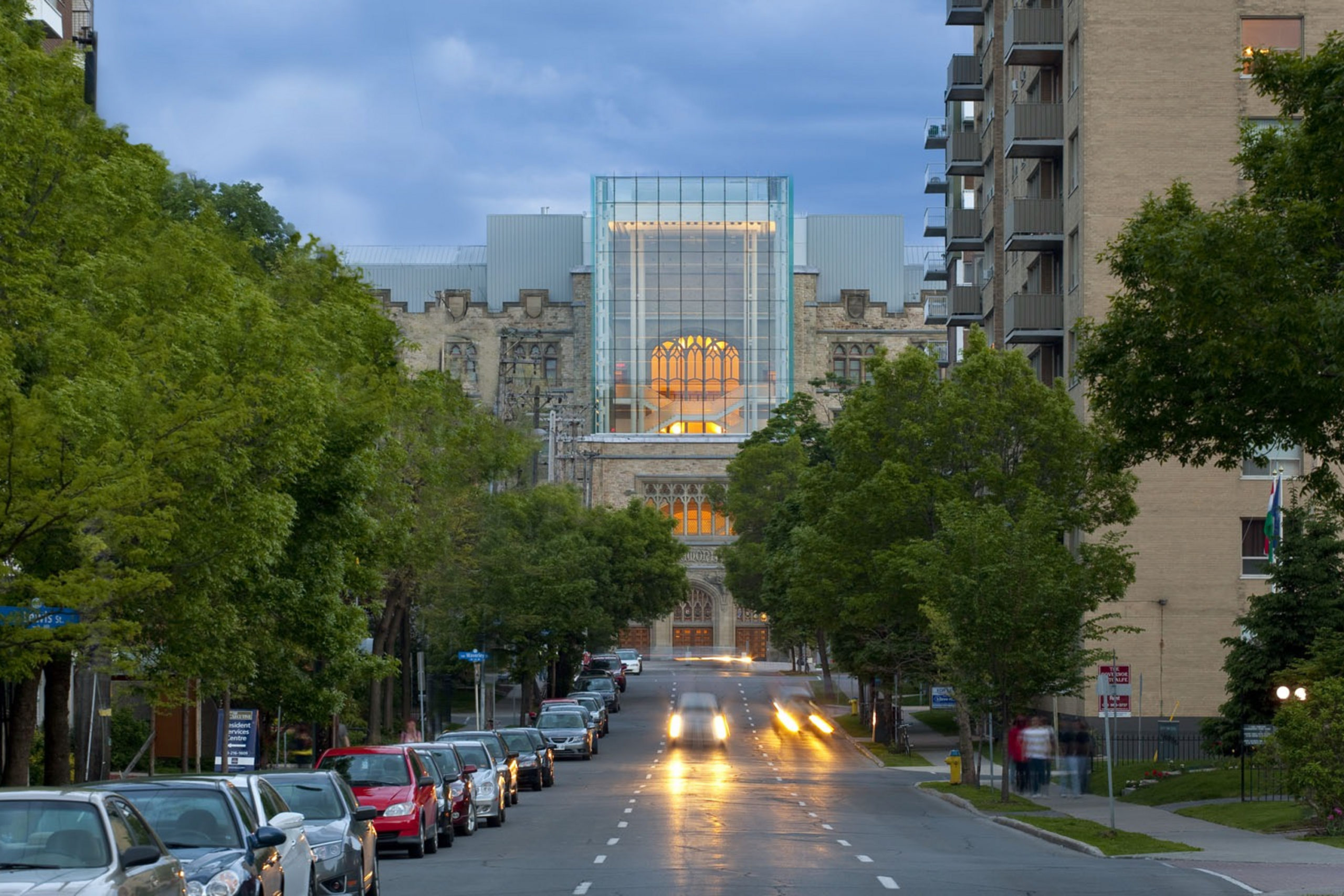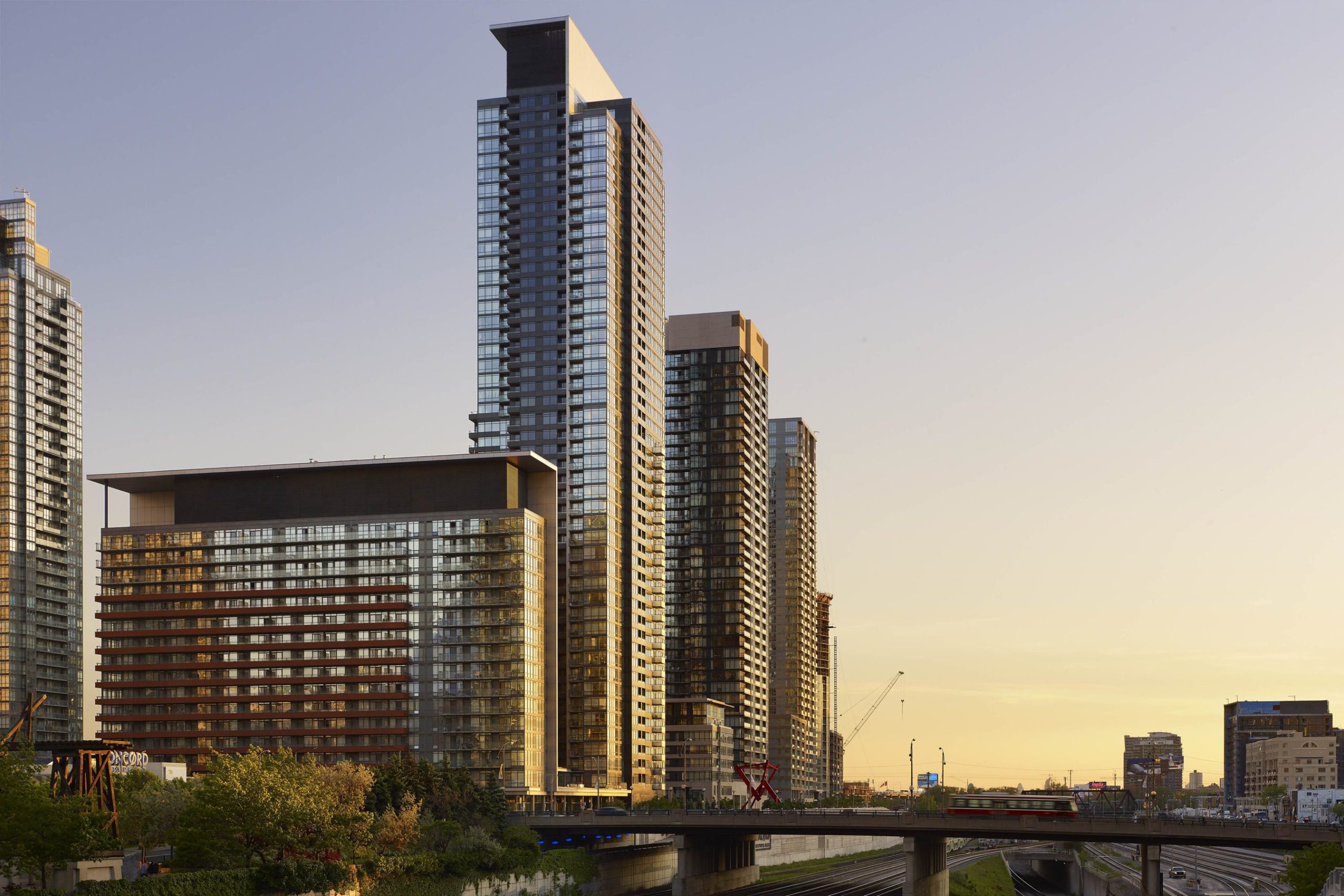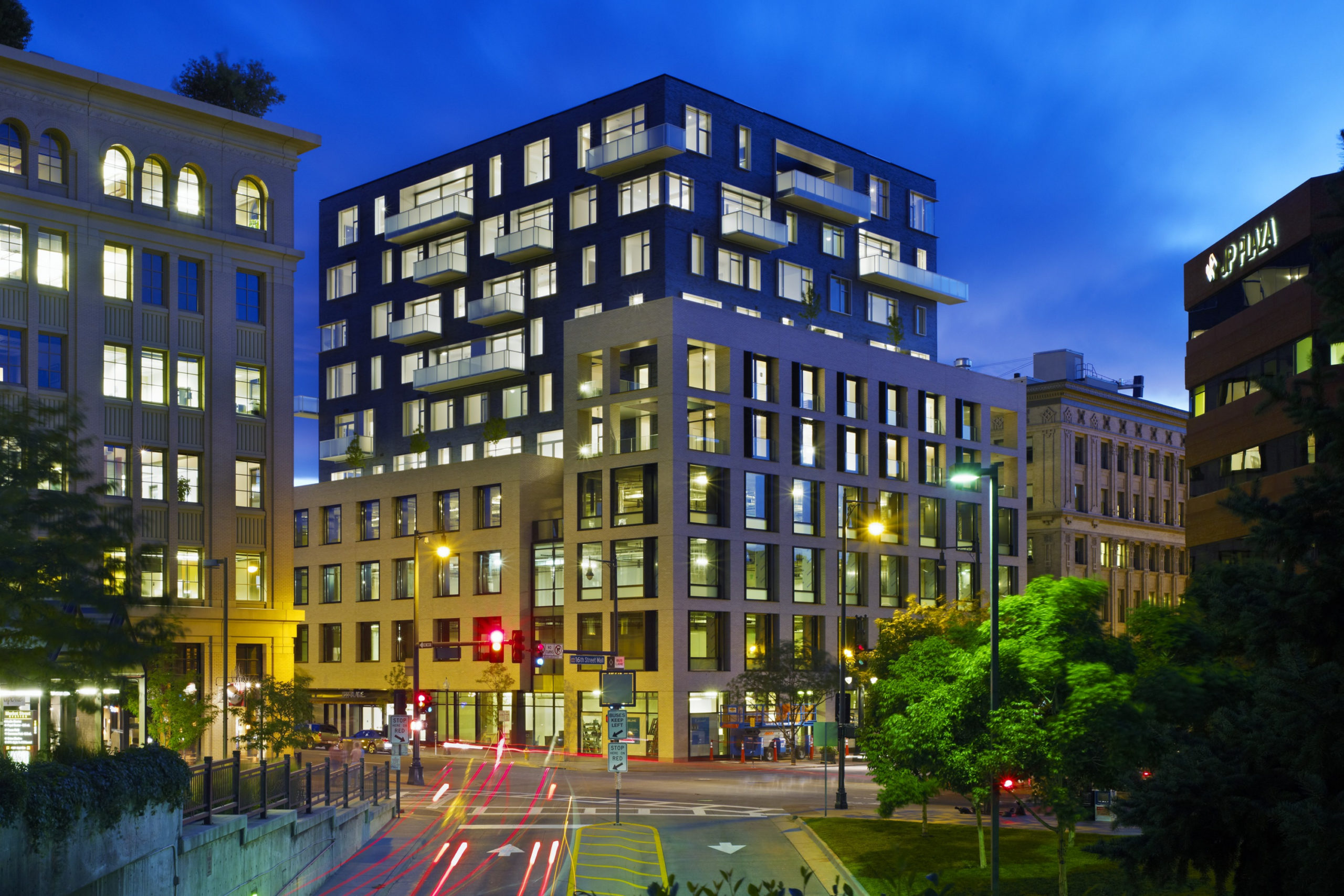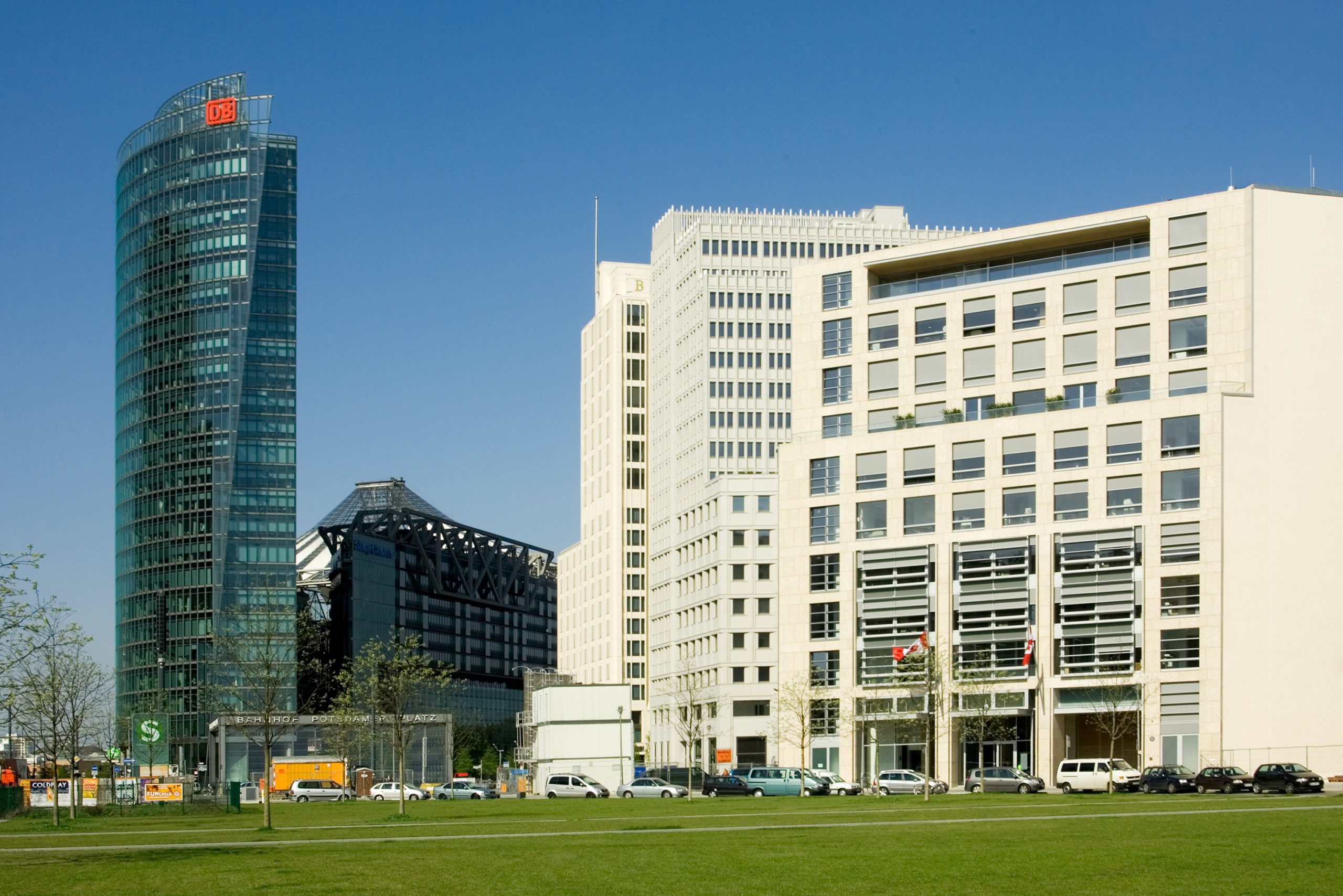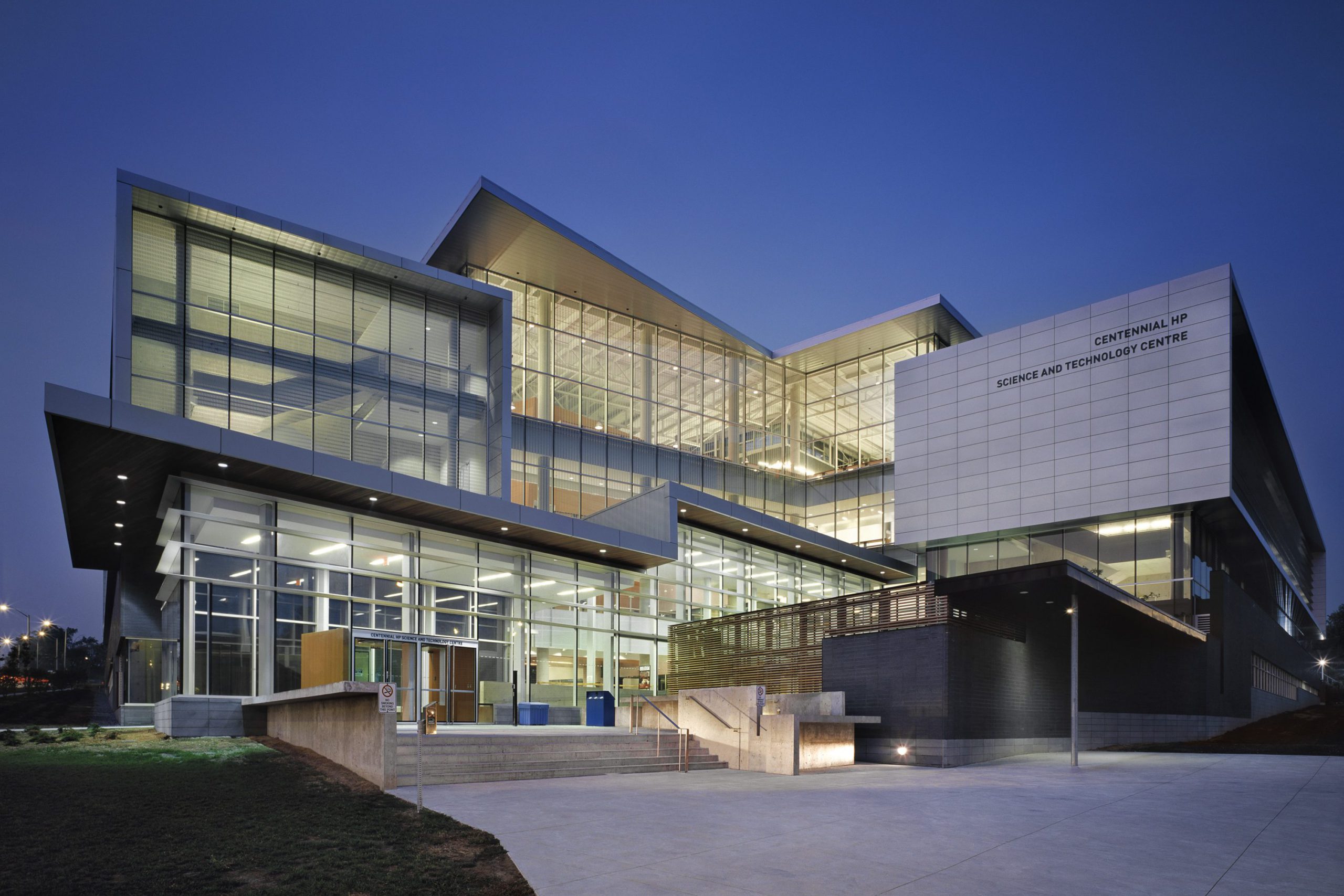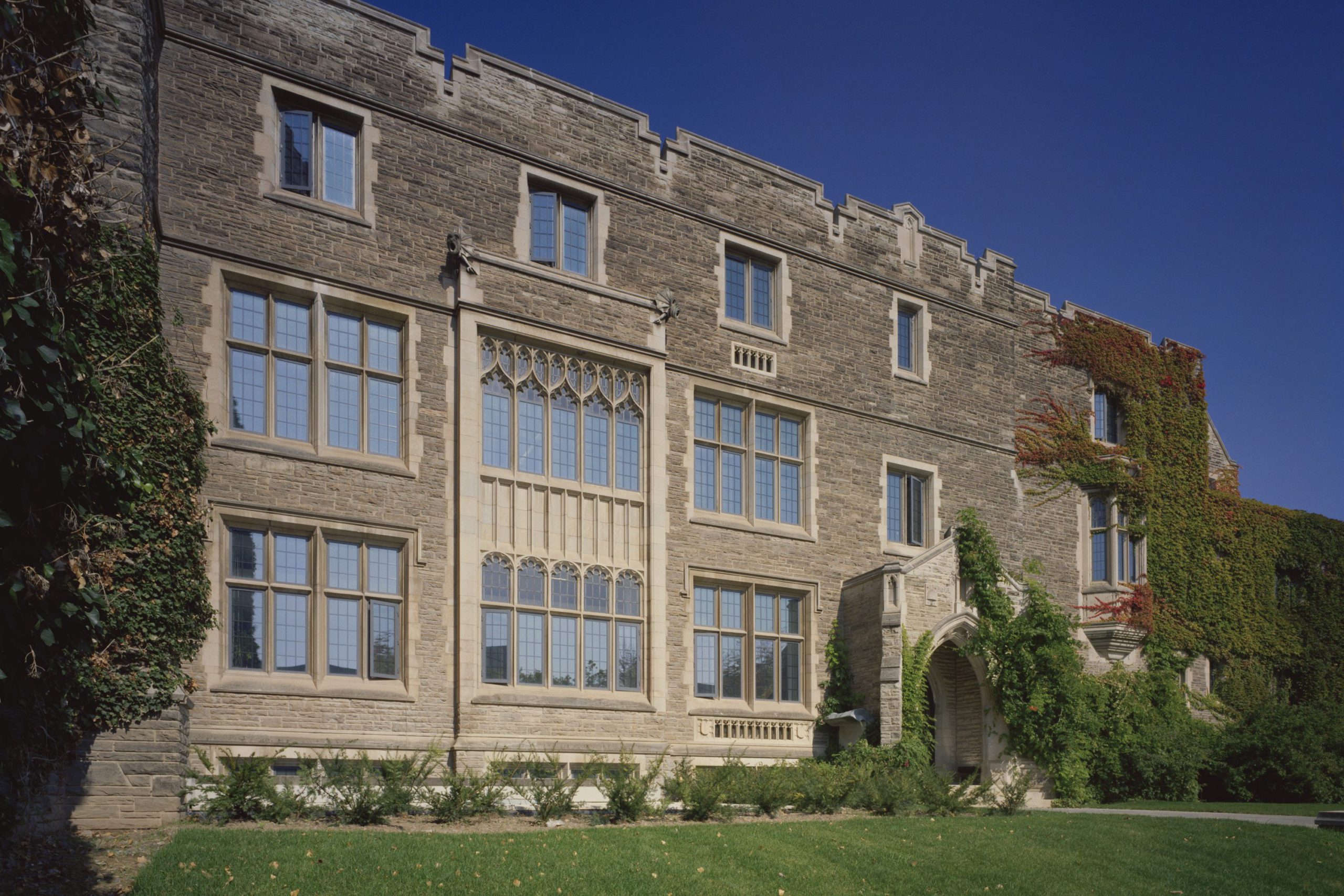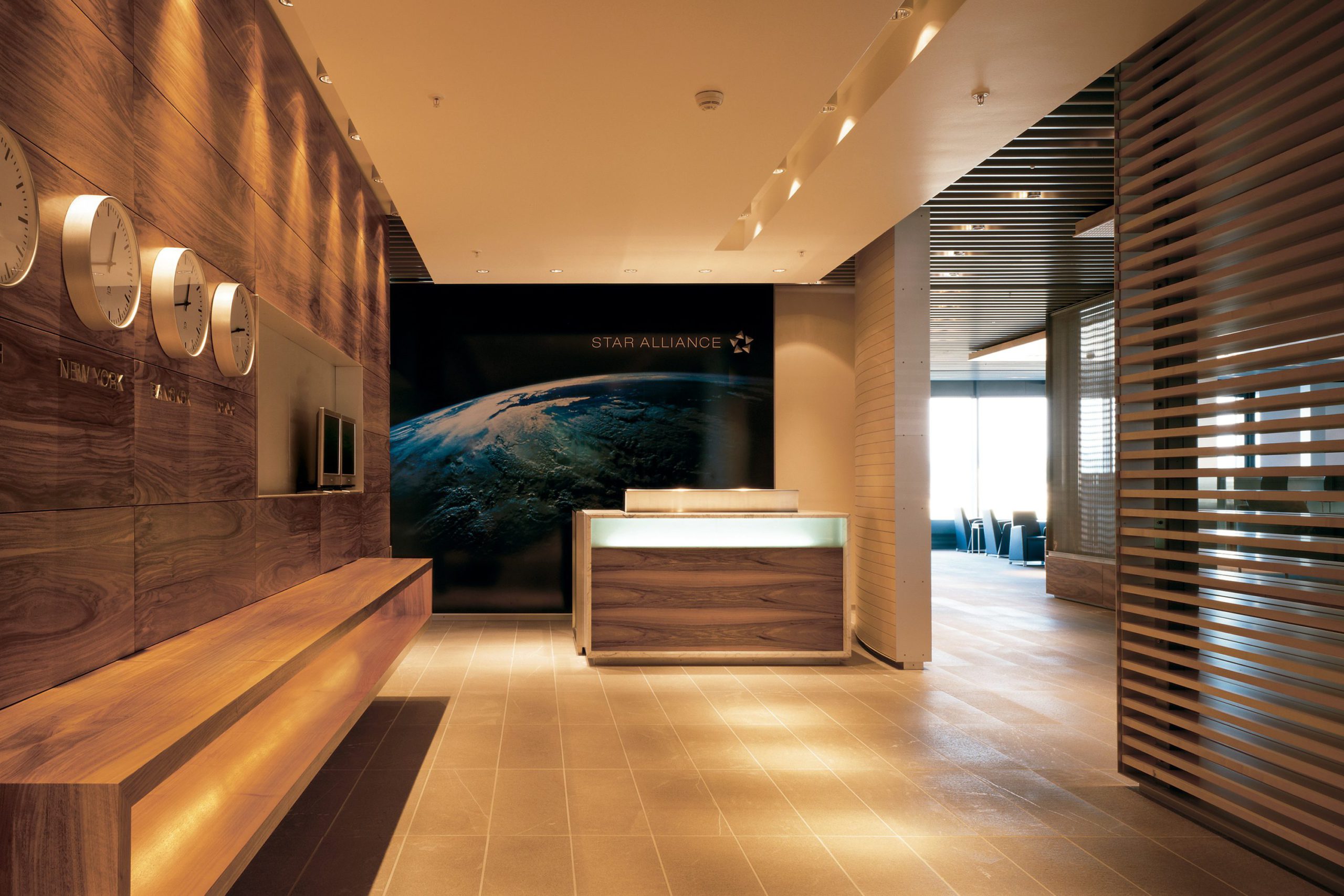Bruno Weber
Bruno Weber joined KPMB Architects in 2000. He is committed to making architecture that cultivates community and brings diverse groups together to work for a better world.
KPMB’s reputation has been enriched by Bruno’s influential contributions to a series of winning design competitions. These include the Jack Layton Ferry Terminal (2015) and Pier 8 in Hamilton (2018). For Pier 8, he led an integrated design team comprising KPMB, Superkül, gh3*, and Omar Gandhi Architect. He also played a key role on the Star Alliance Lounge for the Zurich International Airport (2000), TIFF Bell Lightbox (2003), and the Rotman School at the University of Toronto (2008).
Bruno’s diverse portfolio includes a series of developments that have transformed major urban precincts into vibrant, pedestrian-friendly destinations. In Toronto, this work includes the 2004 Railway Lands West Master Plan, the Neo and Montage towers at ConcordCityPlace, The Wyatt Block 26 Regent Park Development, and Block 16 in the Canary District. He was also the project architect for the SugarCube (2009) which introduced a new model for urban development in the LoDo, Denver’s historic district.
From 2010 to 2015, he was KPMB’s principal-in-charge of a series of projects at the University of British Columbia. These included Robert Lee Alumni Centre (2015) and Ponderosa Commons, UBC’s first mixed-use live/work/study/play hub. Currently, he is working on Dream LeBreton, an integrated community in Ottawa’s LeBreton Flats.
Bruno has a strong commitment to professional mentorship. In 2019, he spoke at the SymposYAH: Hamilton’s Development Renaissance and served as an expert partner for My TO in 10: Social Innovation Youth Challenge at the Design Exchange. His interest in socioeconomic justice has led to work with Indigenous Northern Housing and the NRCC Path to Healthy Homes Program for Indigenous Communities.
In 2023, he served on the international jury for the World Architecture Festival Awards.
“Our profession is evolving and adapting. Bringing excellence to equitable and sustainable design is the future of our practice.”
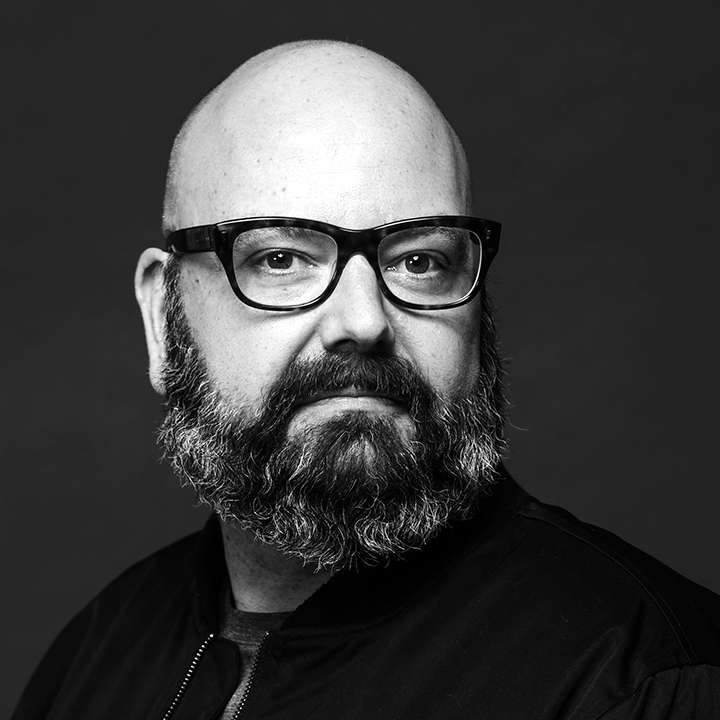
News
-
Dispatch from the 2023 UIA World Congress of Architects
August 9, 2023
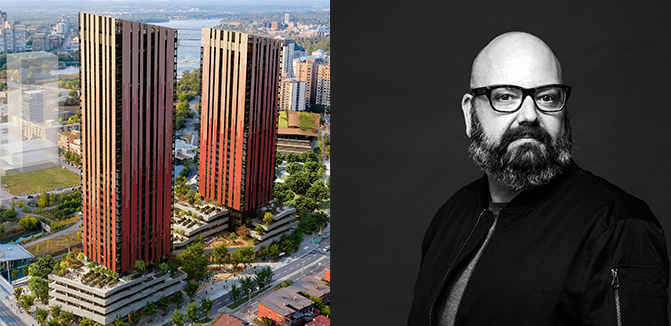)
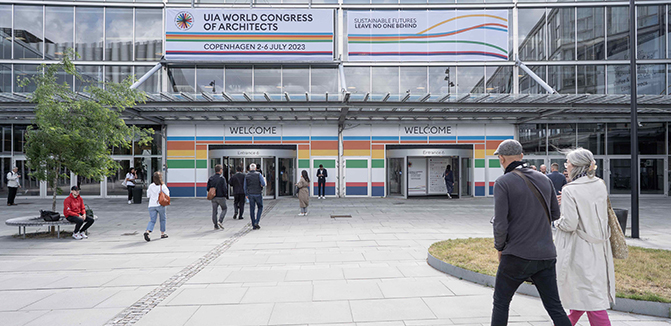)
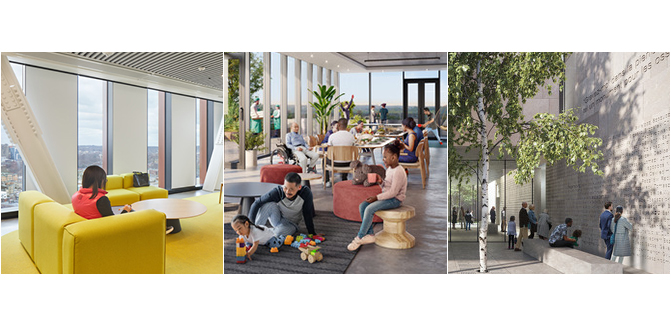)
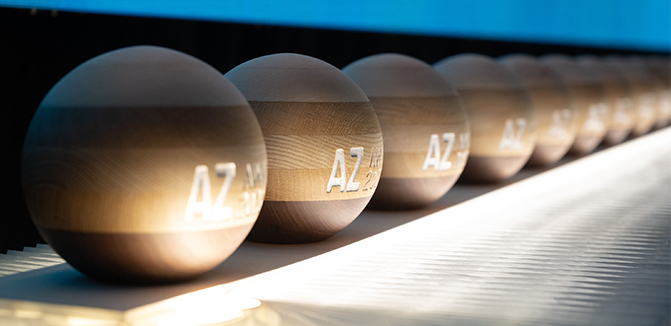)
